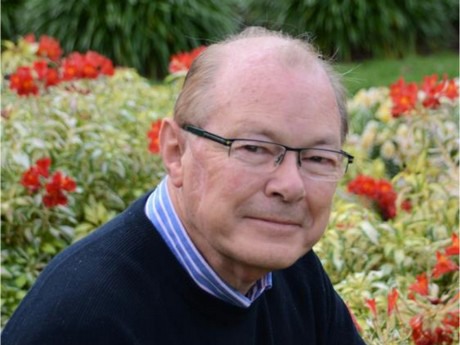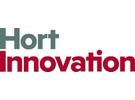Australian nurseries could reduce their environmental footprint by adopting existing research from its European counterparts, which face stricter regulations on natural resources and land use, according to a recent review on global R&D.
It’s a view echoed by Anthony Tesselaar, who runs one of Australia’s most recognised horticultural management firms, based in Silvan, Victoria. Known as Anthony Tesselaar Plants, his team identifies, trials and releases new varieties of plant species to growers worldwide.
With offices in Europe, Japan, South Africa and the USA, Mr Tesselaar believes the Australian nursery industry is faced with similar challenges to its international competitors and could benefit from increased collaboration.
“There is an abundance of research happening around the world that growers could utilise for their benefit, such as integrated pest management to reduce biosecurity risks, logistics to improve supply chain efficiencies, and automation to boost productivity,” Mr Tesselaar said.

Anthony Tesselaar from Anthony Tesselaar Plants in Silvan, Victoria
“In the Netherlands and Germany for instance, growers face higher scrutiny on environmental stewardship, and while we’re a much larger, vast country, there is a lot to gain by understanding how their industry is addressing these areas.”
Boosting environmental credentials was one of the five research, development & extension (RD&E) priorities identified in the recent Global Review of R&D conducted by RM Consulting Group (RMCG) and funded by Hort Innovation.
RMCG Senior Consultant Dr Kristen Stirling said improving production efficiencies and logistics, adopting new technologies, as well as increasing our focus on consumers, were identified as key priorities for the industry moving forward.
“The first part of our research involved a desktop review to identify the main issues for the Australian nursery industry and its key drivers of growth, which we then assessed against global peers,” said Dr Stirling.
“We backed this up by speaking with leading horticultural research providers in Australia and abroad, to examine their current programs and capacity to leverage investments and share resources.
“Some of these opportunities include leveraging work on reusing and recycling water, energy and climate management, as well as next generation sequencing for biosecurity screening, all of which are incredibly relevant to growers here.
“In particular, leading international institutions, such as Wageningen University in the Netherlands, had a great appetite to collaborate with our researchers and growers to make the global industry a stronger, more sustainable one.”
The review also highlighted that growers have access to a plethora of useful research and resources in Australia, which Mr Tesselaar believes is an opportunity not to be missed.
“My recommendation is to start with learning and integrating 1-2 pieces of research into the business, and to grow from there,” Mr Tesselaar said.
“Having seen the research carried out on behalf of the industry, both as a SIAP member here in Australia and as someone running an international business, this project is really exciting for the future of our industry.”

Kristen Stirling from RM Consulting Group, who led the Global Review of R&D
For a project summary, levy payers can contact Hort Innovation directly via www.horticulture.com.au. It outlines the current RD&E gaps for the nursery industry, and suggests providers or topics to help address the priorities.
Dr Stirling was pleased to see the industry investing in proactive research projects, like the Global Review of R&D.
“Australian growers told us they wanted to get in at the start of research projects, not just adopt a final product,” said Dr Stirling.
“This project provides the roadmap to make this happen by collaborating with others to leverage investments, share skills and identify new ways to grow the sector.”
For more information: Hort Innovation
Hort Innovation
horticulture.com.au
